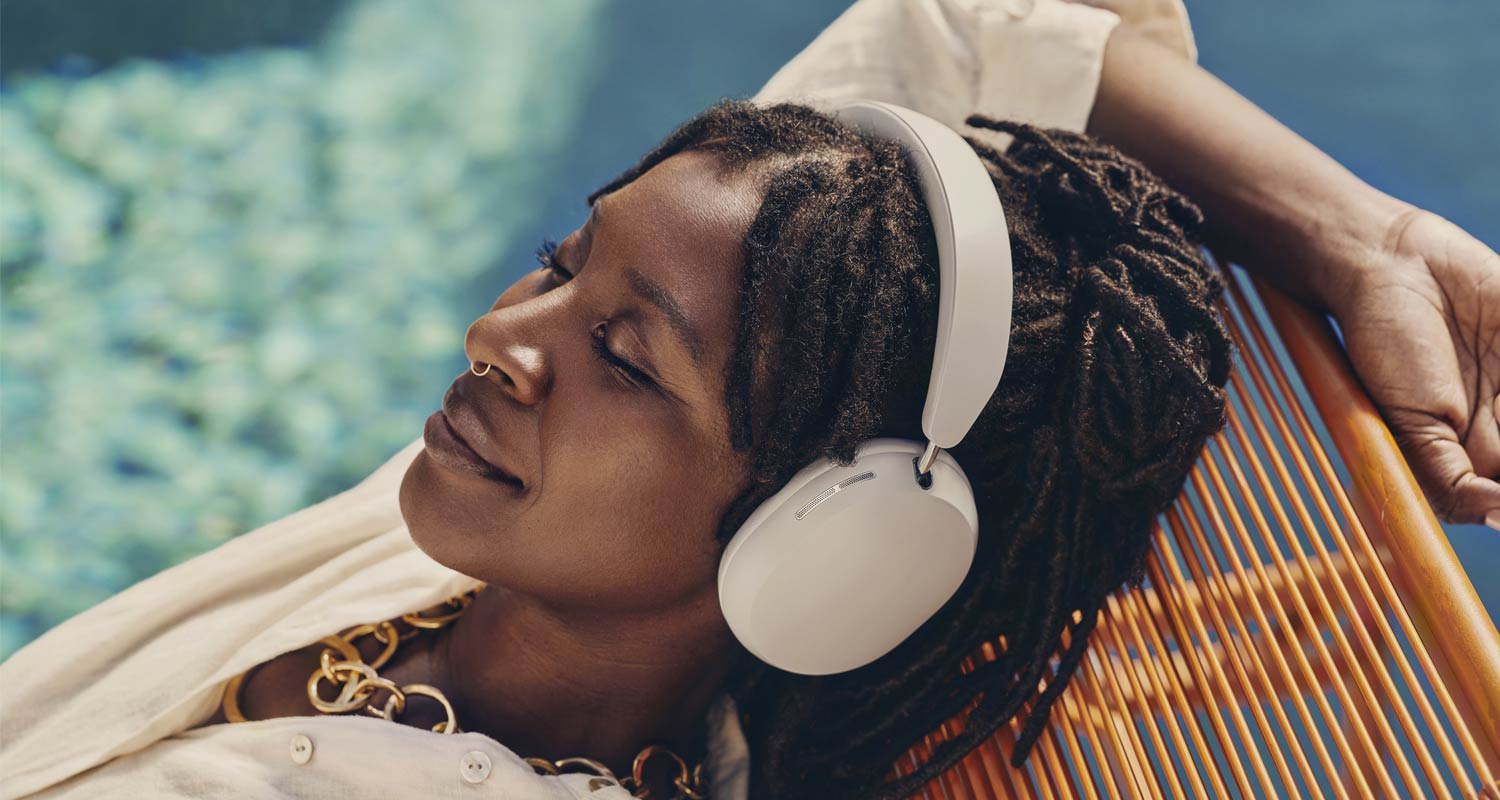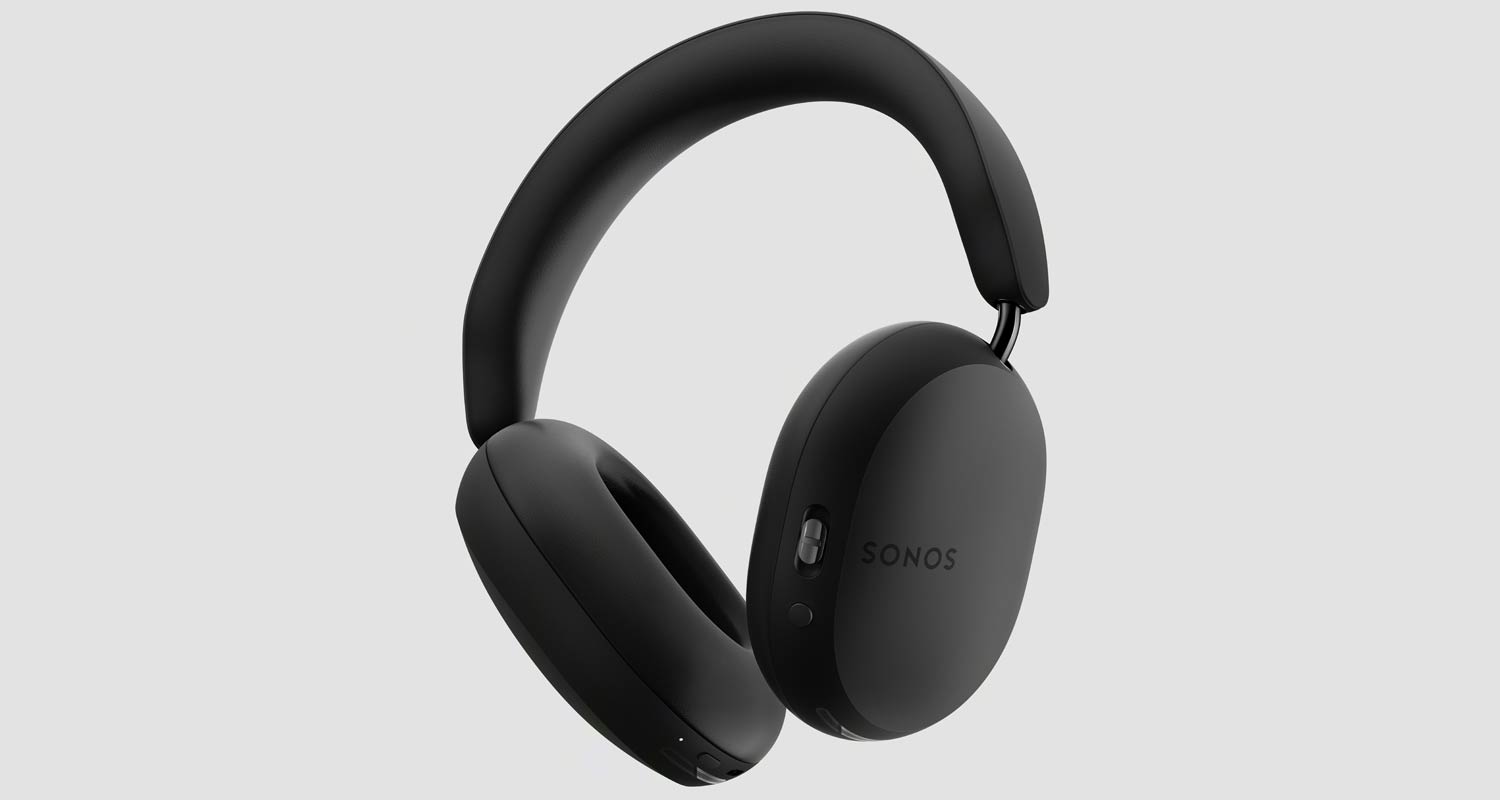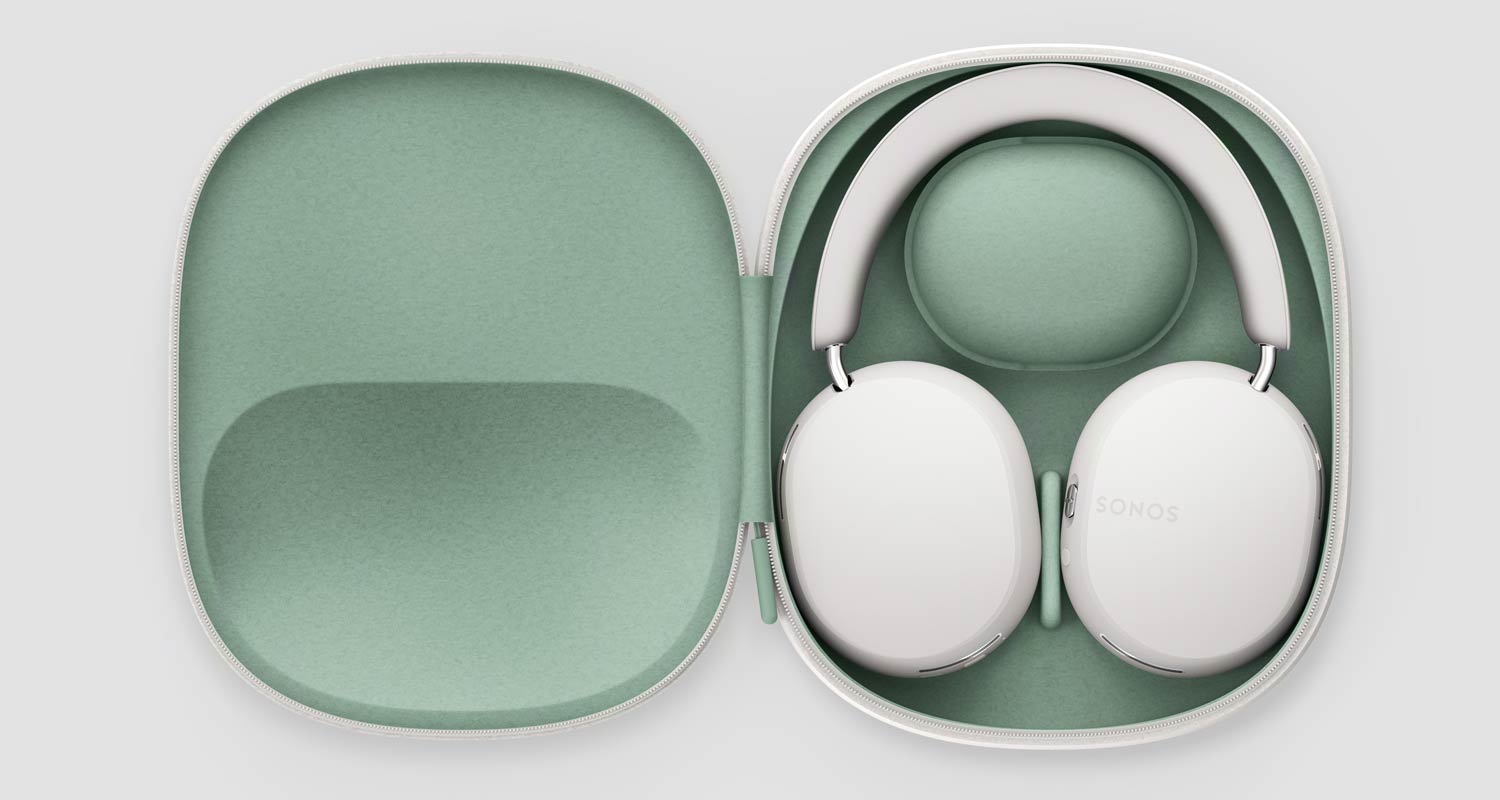 The premium over-ear headphones market has never been as competitive as it is today.
The premium over-ear headphones market has never been as competitive as it is today.
Even before Sonos launched its new “prosumer” Ace headphones this month, consumers were spoiled for choice: from Sony’s M5s to Bose’s QuietComfort Ultras to Apple’s AirPods Max, there’s no shortage of options on offer (for consumers with deep enough pockets to afford headphones that can easily wander into five-digit rand pricing).
Sonos, the US-headquartered consumer electronics firm that is better known for its high-end smart speakers and soundbars, has just made that choice even more complicated with the launch of its first headphones: the Sonos Ace. And they’re a remarkably good first foray into a new product segment.
Resembling a more conservative design ethos than some other headphone manufacturers – not a bad thing given the target market isn’t primarily the flash-and-bling crowd – Sonos has clearly put considerable thought into their construction.
In a statement ahead of their release, Sonos CEO Patrick Spence stated boldly that the Sonos Ace “leverages everything we’ve learnt over two decades as an audio leader to bring stunning sound, sleek design and longstanding comfort to one of the largest and most popular audio categories worldwide”.
So, do they live up to that hype? For the most part, the answer is an emphatic yes. But there is one niggle, too – more on that later in this review.
Technically, the headphones achieve everything they must to compete with the best from Apple, Bose and Sony. They feature the latest audio technology, including lossless and spatial audio (delivered over Bluetooth – version 5.4), top-notch ANC (that’s active noise cancellation, not the South African political party), and Sonos’s impressive TrueCinema technology for immersive audio in movies and series.
Design
Before we get onto the audio, a few thoughts on the design…
The 312g headphones have some heft to them, without being heavy. That’s a good thing: they feel well designed and anti-fragile. They sit comfortably over the ears, and I experienced almost no discomfort wearing them for extended periods.
The left earcup houses a small power/pairing button, USB-C charging port and a small LED status light. The right side has a button to switch quickly between “ANC” and “Aware” (external sound pass-through) modes and a “Content Key” that is used to adjust the volume, skip songs and answer phone calls. Sonos couldn’t have made it simpler, and the buttons are ideally placed on the cups. There’s no real learning curve here.
Read: Speaker maker Sonos debuts $35/month Pro service
The Ace’s integrated, 1 060mAh battery promises “up to” 30 hours of audio playback – we didn’t test this – and three hours of listening time from just three minutes of charge (from 0%). A complete charge takes about three hours. There’s no power brick in the box, only a USB-C cable, though any modern smartphone charger will do the trick.
The metal hinges that connect the inside of the earcups to the headband are well designed, too, and extending or contracting them feels solid and premium. They clearly borrowed styling ideas from Apple’s AirPods Max, and that’s no bad thing. They look the part, and the design is robust.

Now, the audio.
I listen mostly to guitar-edged modern progressive rock and prog metal (think bands like Tool, Porcupine Tree, The Pineapple Thief, Haken, Riverside, Karnivool and Dream Theater) as well as classic and prog rock and metal from the 1970s and 1980s (bands like Genesis, Rainbow, Pink Floyd, King Crimson, Uriah Heep, Rush and Dire Straits).
I was pleasantly surprised how well these headphones drew me into the music (new and old), and the clarity of the instruments even in the most complex and “noodling” prog albums, like Haken’s superb Vector or Tool’s recent masterpiece, Fear Inoculum.
I felt like I was experiencing these bands’ music afresh, hearing the use of cymbals in the drums, for example, that I hadn’t heard fully before – impressive, given I’ve listened to these albums many hundreds of times. The clarity of the instruments is hugely impressive.
That’s likely the result of the twin 40mm dynamic drivers that, according to Sonos, “render each frequency with impeccable preciseness and clarity”. It’s not marketing hype: no matter the genre, the Sonos Ace delivers the goods.
One thing Sonos must be applauded for is not amping up the bass on these headphones, meaning they’re well-tuned for a range of musical genres. Those who love deep, pounding bass may want to look elsewhere, though even the electronic music I sampled in YouTube Music delivered decent levels of bass. The headphones are lacking some of the deep bassy impact fans of electronic music might want, though.
Soundbar handoff
The headphones are just as good when it comes to watching movies and TV series. They support Dolby Atmos but provide a surprisingly strong immersive sound even with Atmos turned off – impressive stuff for closed, over-ear headphones. And if you own a Sonos soundbar – the range-topping Arc or the more affordable Beam or Ray – you can quickly transfer, say, TV audio to the headphones at the press of a button. This is genuinely useful and, for this feature alone, existing Sonos users might want to consider the Ace over, say, the Apple AirPods Max.
Another feature Sonos boasts about is the ability to have the audio follow the turning of your head. If you’re watching TV and turn your head to the right, the audio will switch mainly to the left earcup. It’s a little gimmicky, and I ended up turning it off.
The Sonos Ace has only one problem, and it’s not a biggie: the accompanying carrying case is not up to spec, especially its zip, which is flimsy and looks prone to breaking with repeated use. For a pair of headphones this expensive, this zip mechanism honestly feels like an afterthought, which is a pity, because Sonos has done excellent work with the headphones themselves.

The Sonos Ace headphones are available in black and “soft white” for a recommended retail price of R12 999 (R1 000 less than the AirPods Max). For those already in the Sonos ecosystem, they’re a brilliant addition to the brand, and the handoff between its soundbars and the headphones works well. For everyone else, Sonos’s entry into the market means there’s another excellent choice to consider in a premium headphone segment that is getting distinctly crowded.
Recommended!
- Review headphones supplied by Sonos distributor Planetworld




